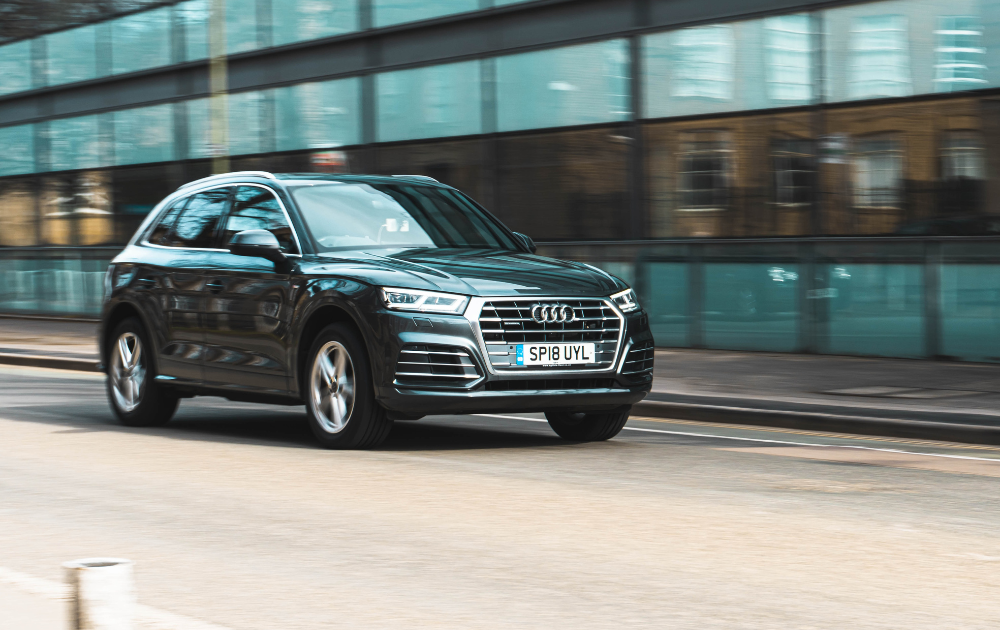As a qualified driver, you should be knowledgeable when it comes to UK driving laws.
But when it comes to the rules of the road from bygone days, you might struggle to understand the logic. Join us as we take a look at some historic driving laws that’ll educate and amuse you in equal measure. Put your car keys down and grab a brew while we look at some of the weirder rules of the road…

En Garde!
Driving on the left might seem at odds to most other countries around the world, but there’s good reason for it. If you meet another car (or horseback rider) on the road, driving on the left leaves your stronger and more capable sword-wielding right arm ready to defend. Obviously, poor old lefties are at a disadvantage here.
The law of driving on the left-hand side of the road was eventually adopted to all UK roads in the Highway Act of 1835.
Hands Up
The same driving law includes orders for those in charge of horse drawn vehicles to ‘rotate the whip above the head; then incline the whip to the right or left to show the direction in which the turn is to be made’ thereby notifying other road users of their manoeuvres.
Hand signals were finally ditched in 1975 in favour of electric indicator lights.
A Pricey Mistake
The British Driving Licence was introduced in booklet format in 1903 by the Motor Car Act, at a cost of just 25p, or 5/-. The driving test was introduced 32 years later in 1935, costing 37.5p (7/6d). However, failing to sign the licence would have resulted in a fine of a whopping £5 in old money, that’s 20 times as much as the licence.
Not signing your licence is still a crime today, though usually only punished with a slap on the wrist.
Sign To Times
Our friends, the Romans, usually get kudos for creating the first traffic signs in the form of milestones or ‘milliaries’ to mark out distances to the next town.
However, in 1648, law was officially passed that each parish must place a signpost at the crossroads in every village.
Up To Speed
You’d be forgiven for thinking that low speed limits in built-up areas is a relatively new precaution to prevent accidents with speeding cars. Wrong!
A 30 mph speed limit was first introduced for urban areas as far back as 1934.
(DON’T) Shake Your Stuff
Since 1839, it has been illegal to beat or shake any carpet or rug in a London street. You can shake your doormat, however, but only before 8am!
A century later, highway shenanigans were further curtailed by the 1939 Metropolitan Police Act that forbids kite flying, ice sliding or anything that might annoy residents or road users - punishable by a £1,000 fine or 14 days imprisonment.


DIY Drawback
City-dwelling DIY fans may be offended to hear that the 1839 Metropolitan Police Act bans them from carrying planks on the pavement, with a possible £500 fine as the deterrent, unless you are merely crossing the pavement to load the plank onto a waiting vehicle.
Plank lovers beware!
Have you herd?
First presented in 1237, those designated as a Freeman of the City of London are permitted to herd a gaggle of geese down Cheapside or to drive a flock of sheep across London Bridge.
We suggest recruiting some helpers to clear up after you!
Hail Fail
If you’ve ever hailed a black cab as it’s speeding past with its yellow ‘for hire’ sign lit, you’ve been a naughty boy or girl! The 1843 London Hackney Carriage Act, states that cabbies are only allowed to seek new custom when they are stationary.
This driving law has never been revoked but is thankfully not enforced.